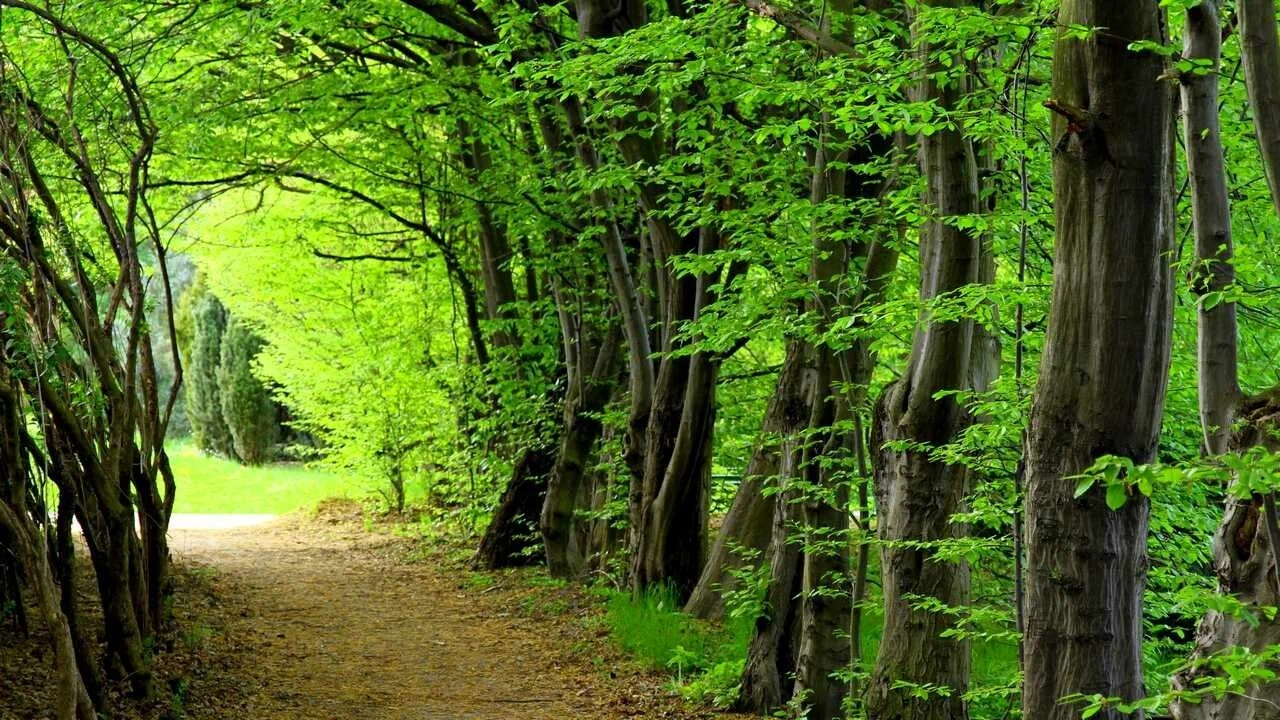business-services

May 26,2025 • 5 min read
Save the Forest to Preserve Biodiversity and Natural Habitats

Forests are not just clusters of trees — they are the lungs of our planet, a sanctuary of biodiversity, and a vital part of the Earth’s ecological balance. Every time we lose a forest, we lose more than just green cover; we lose a part of life’s intricate web. From tiny insects to apex predators, from tribal communities to urban societies — forests play a critical role in supporting life.
When we say “Save the Forest,” we’re not simply talking about conservation for the sake of greenery. We are making a plea to protect countless species, maintain climate stability, and preserve natural habitats that have taken millions of years to evolve. This phrase is a call to action — urging individuals, policymakers, and businesses to rethink their impact on these vital ecosystems.
The Role of Forests in Supporting Biodiversity
Forests are home to over 80% of terrestrial animals, plants, and fungi. From the Amazon rainforest’s howler monkeys to the tigers in India’s mangroves, the variety of life that thrives in forests is unmatched. These ecosystems provide shelter, food, and breeding grounds for wildlife that simply cannot survive elsewhere.
What makes forests so uniquely valuable is their layered structure — from the canopy to the undergrowth, every level serves as a different niche for different organisms. This vertical diversity creates more opportunities for species to coexist, increasing the ecosystem’s complexity and resilience.
In short, forests are the cradles of biodiversity. To save the forest is to safeguard the rich variety of life that keeps our planet functioning.
Forests and Natural Habitats: A Delicate Balance
Forests are not just wildlife zones; they are natural habitats that nurture harmony between species and their environment. From mossy forest floors to sun-drenched canopy layers, each corner plays a role in sustaining life. This balance, however, is extremely sensitive to human interference.
When deforestation happens — for agriculture, logging, or urban expansion — it fragments these habitats. Animals lose their homes, plants lose pollinators, and the soil itself becomes less fertile over time. The interconnectedness of the forest breaks down.
Even selective logging can be harmful. It alters light patterns, changes moisture levels, and introduces invasive species that can outcompete native ones. Over time, this shifts the entire ecosystem toward imbalance and degradation.
How Forest Destruction Affects Climate and Life
Forests are powerful carbon sinks — they absorb and store massive amounts of carbon dioxide, helping to regulate Earth’s temperature. When forests are destroyed, not only is this carbon storage lost, but the stored carbon is released back into the atmosphere, fueling global warming.
This warming, in turn, creates a vicious cycle. Rising temperatures increase the risk of forest fires, droughts, and pest outbreaks — all of which further degrade the ecosystem. Entire species, from butterflies to bears, are being pushed out of their climate comfort zones.
To save the forest is to protect our planet from the escalating consequences of climate change and ecological collapse.
Human Benefits from Forest Biodiversity
Forests don’t just benefit the wild — they benefit us too. Over 1.6 billion people around the world depend on forests for their livelihoods. They provide timber, medicine, clean water, and even spiritual nourishment for many cultures.
Medicinal plants found in forests form the basis for over 25% of modern pharmaceuticals. Who knows what life-saving cures still lie undiscovered beneath forest canopies?
Current Threats to Forests and What’s Driving Them
Several factors continue to endanger forests at an alarming rate:
-
Illegal logging
-
Agricultural expansion (especially cattle and palm oil)
-
Mining and infrastructure development
-
Forest fires, often human-induced
-
Climate change-induced stress
These threats are often fueled by short-term economic gain without considering long-term environmental costs. Unfortunately, the damage caused is not always visible until it’s too late.
What You Can Do to Help Save the Forest
Feeling powerless? Don’t. There are tangible actions each of us can take to make a difference:
-
Support eco-certified products and companies.
-
Reduce paper and wood consumption.
-
Donate to forest conservation programs.
-
Educate others about the importance of biodiversity.
-
Get involved with local reforestation or clean-up initiatives.
-
Advocate for stronger environmental policies.
By making sustainable choices, you contribute to a global movement to save the forest and everything it nurtures.
Why Saving the Forest Must Be a Global Priority
Forests are not national resources — they are global treasures. Whether it's the Congo Basin or the Amazon, what happens in one corner of the world affects the entire planet.
Global cooperation is essential. This includes stronger enforcement of anti-deforestation laws, international funding for conservation efforts, and increased awareness through education and media.
Conclusion:
The message is clear: to save the forest is to preserve life — both wild and human. Every action we take, big or small, contributes to a larger mission of safeguarding our planet’s future.
Let’s shift from being consumers of nature to being its caretakers. Let’s plant trees, support conservation, and raise our voices for those who can’t speak — the forests, the animals, and the generations yet to come.
Visit Friend of the Earth to learn more about how you can make a difference. 🌱
Author Post Details
User Profile
- Full name
- Author Post
- Email address
- usamarafiqdmt@gmail.com
- Join Date
- 2025-05-26
- State
- City
- Pincode
- Address
- Follow us on Facebook
- Follow us on Twitter
- Website Name
- Bio